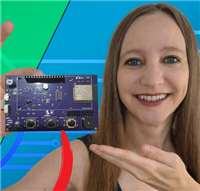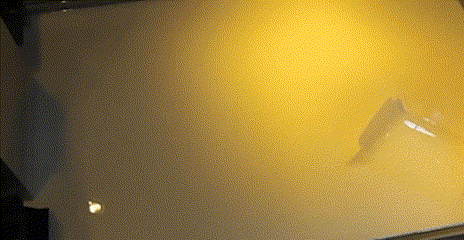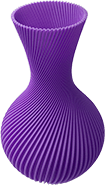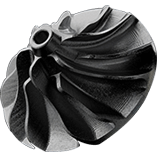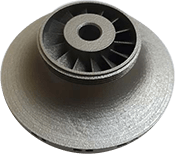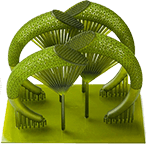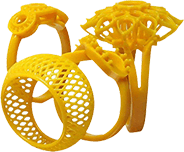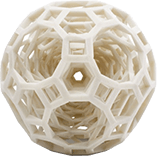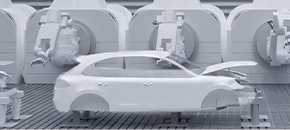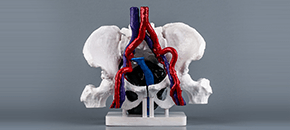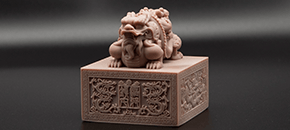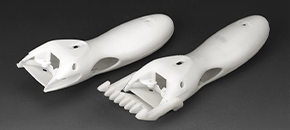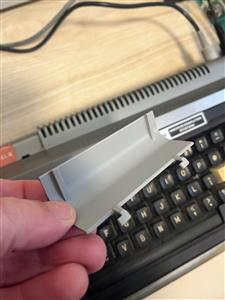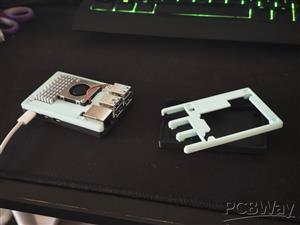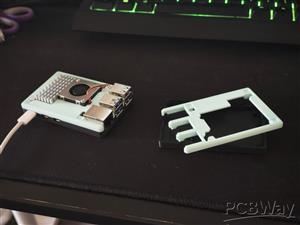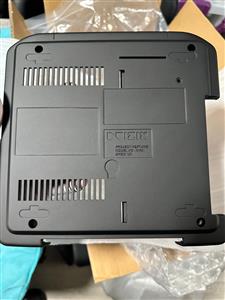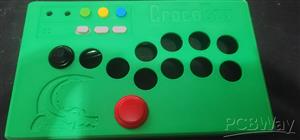3D printing uses computer-aided design (CAD) to create three-dimensional objects through a layered method. Starting from the production of graphic models of the objects to be printed, these are usually designed using computer-aided design (CAD) software packages. Import the files to the 3D printer, and then the 3D printer will complete the work. According to different working principles, 3D printing technology can be divided into the following three types:
FDM(Fused Deposition Modeling)
FDM technology is to heat and melt the filamentous hot-melt material, and at the same time, under the control of the computer, the three-dimensional nozzle can selectively coat the material on the worktable according to the cross-sectional profile information, and form a layer after rapid cooling section. After the formation of one layer is completed, the machine table is lowered by the height of the one-layer thickness, then form the next layer, work repeatedly until the entire solid shape is formed.
SLS (Selective Laser Sintering)
This technology uses powder spreading to spread a layer of powder material on the upper surface of the molded part and heat it to a temperature just below the sintering point of the powder. The control system controls the laser beam to be on the powder layer according to the cross-sectional profile of the layer. After scanning, the temperature of the powder rises to the melting point, sintering and bonding with the molded part below. After one layer is completed, the workbench is lowered by the height of the one-layer thickness, and the spreading roller spreads a layer of uniform and dense powder on it, and sinters the section of the new layer until the entire model is completed.
SLA (Stereo Lithography Apparatus)
The liquid tank is filled with liquid photosensitive resin, which will quickly cure under the ultraviolet laser beam emitted by the laser (the laser used in SLA and SLS is different, SLA uses ultraviolet laser, and SLS uses infrared laser). At the beginning of forming, the lifting worktable is below the liquid level, exactly one section thick. The laser beam focused by the lens scans the cross-sectional profile along the liquid surface according to the machine instructions. The resin in the scanning area quickly solidifies to complete the processing of a layer of cross-section and obtain a layer of plastic sheet. Then, the workbench is lowered by the height of the one-layer thickness, and then the other layer is cured. Such layers are superimposed to construct a three-dimensional entity.


